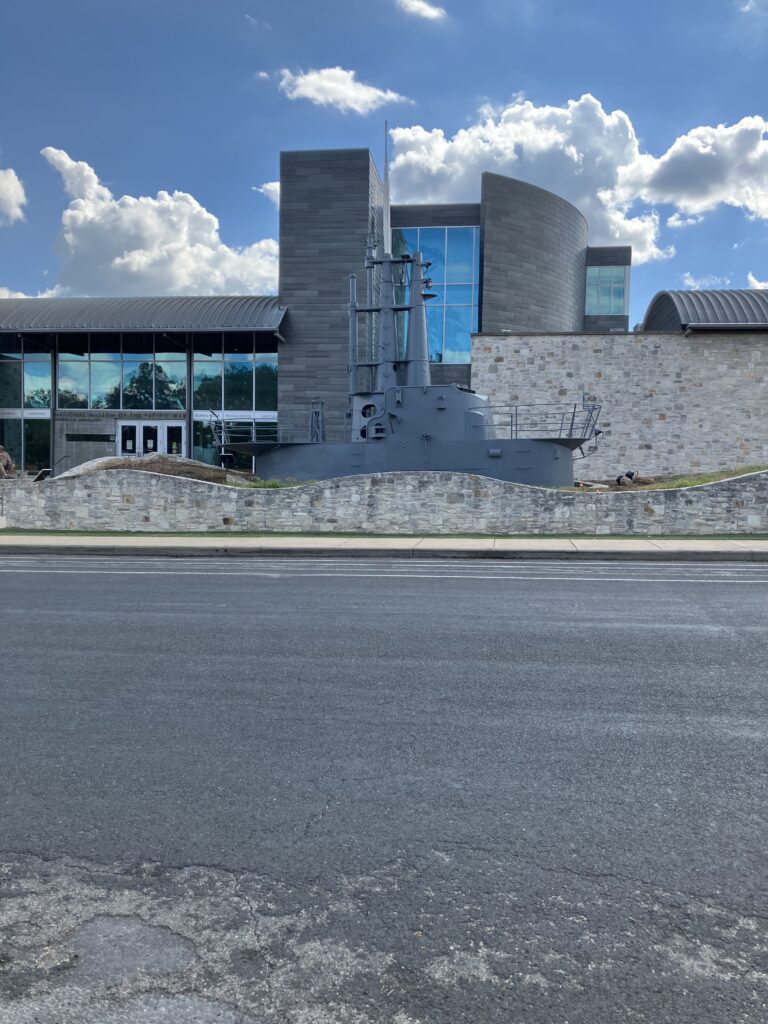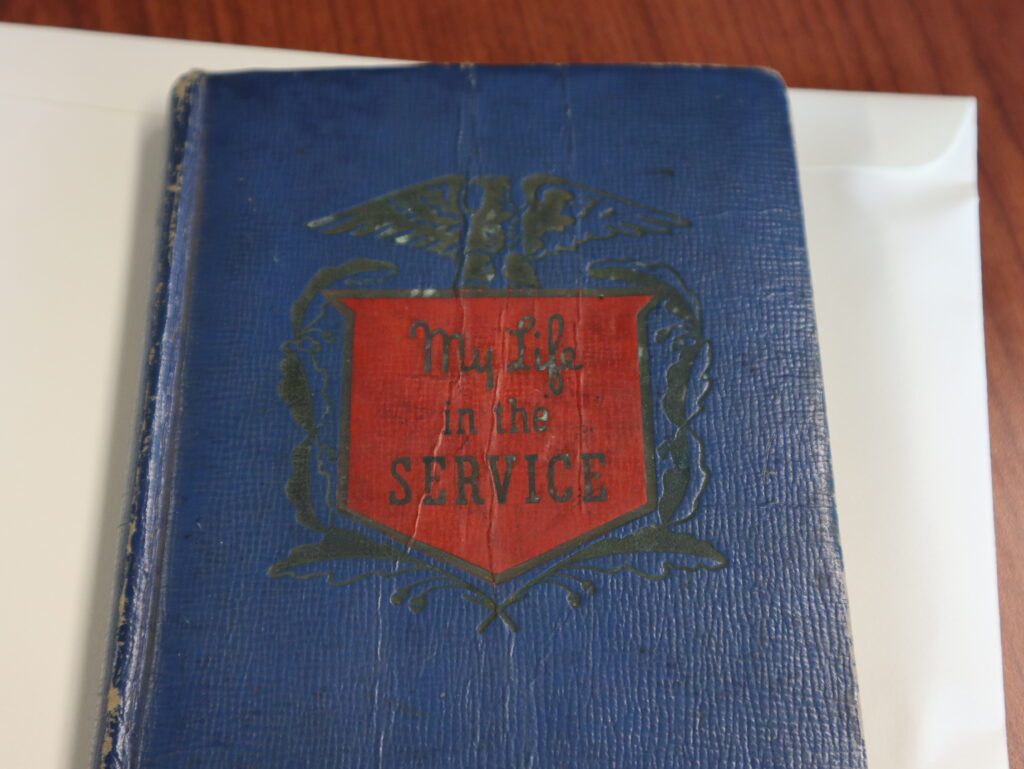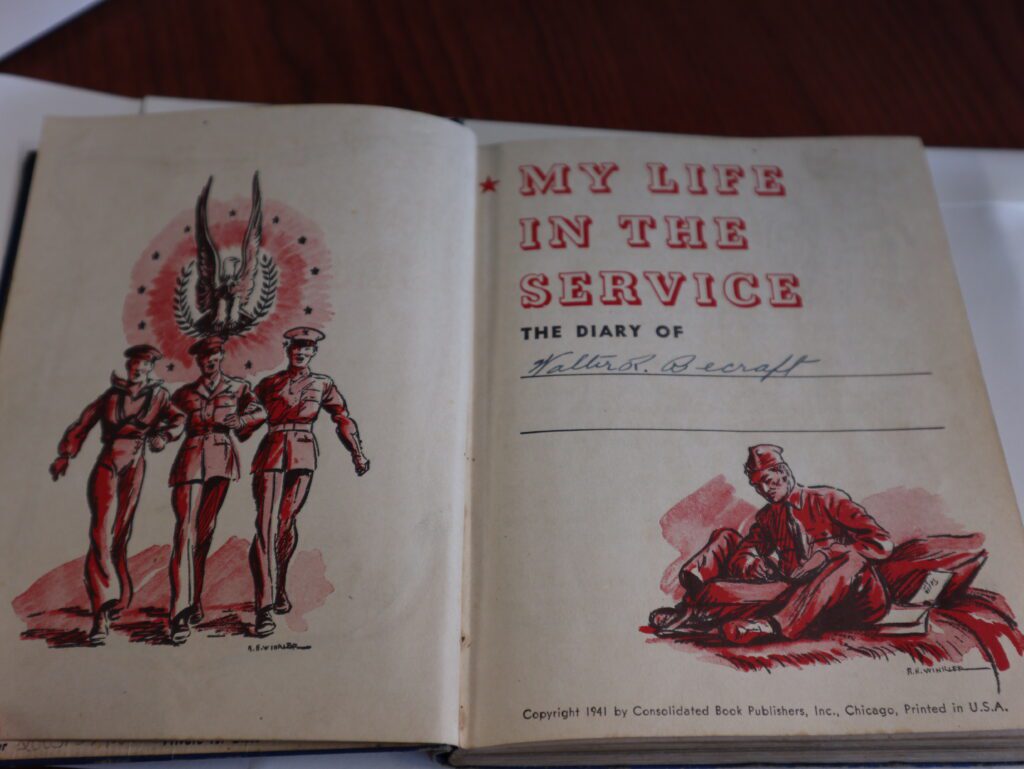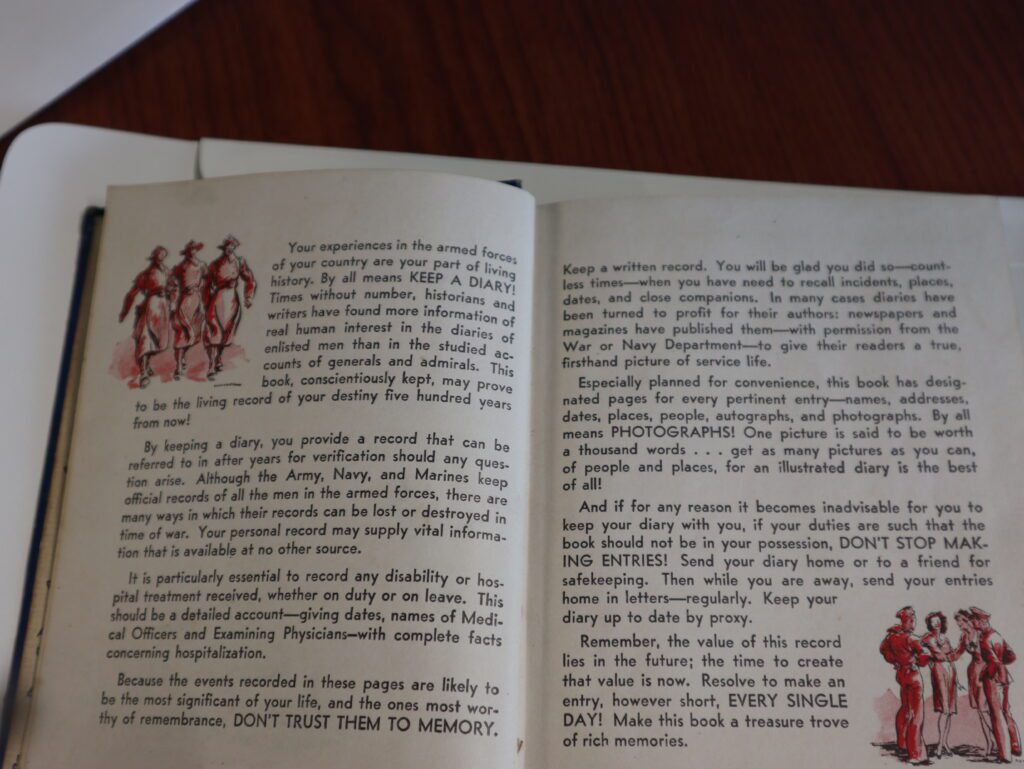Research Visit to the National Museum of the Pacific War

Last week, I spent a morning in Fredericksburg, Texas, searching through the archives of the National Museum of the Pacific War. I was there to research my forthcoming book on the crew of USS Franklin, still today the most decorated in US Navy history.
My first trip to the museum was strictly as a tourist in the early 1990s. My wife, friends, and I would head to Fredericksburg; the women would go shopping, and the guys would head to the museum. On more than one trip, I recall big charter buses full of World War II veterans visiting the place. Sadly, those buses don’t show up any longer.
Last week, my trip was different. I had an appointment in the museum’s archives, where I reviewed books, news articles, ships’ newsletters, maps, and other items related to Franklin and other ships.
Archivists across the country have helped me, and I have always found them to be friendly, professional, and very knowledgeable in pointing me toward various sources. The archivists in Fredericksburg were no different. I walked into their reading room to find they had already pulled boxes that might have contained research information for me.
Moreover, I was granted access to their newly received FRUPAC (Fleet Radio Unit Pacific) maps. These maps, created daily at Admiral Nimitz’s headquarters from radio traffic, provided a unique and invaluable insight into the disposition of Allied and Japanese shipping and aircraft. I’ll be studying photos I took of the maps to learn more about the location of Task Force 58 during those days in mid-March 1945.

I was surprised to find a diary from a sailor on the USS Hutchins, a Fletcher-class destroyer. Sailors were strictly forbidden to keep diaries, as they violated operational security. However, before the war started, The Consolidated Book Publishers printed blank diaries for servicemen of all branches to use. Evidently, this sailor didn’t get the memo or, more likely, chose to ignore the rule.

His contained almost daily entries, most of which were just a line or two. The first entry was in November of 1942, and the sailor kept them up through the time a Japanese suicide boat attacked the ship, dropping an explosive that just missed her, causing a great deal of damage. She would be sent back to the States for repair.


I also ran across valuable information for my research (you’ll have to wait for the book to come out to learn what it is).
If you are interested in the Asian-Pacific War, visit the National Museum of the Pacific War. Bring your walking shoes, as you’ll easily cover several miles while viewing its exhibits.
Did you arrive here via a search engine? I am the author of the forthcoming book Heroes By The Hundreds: The Story of the USS Franklin (CV-13). In addition to writing about the bravery of the crews that saved her, I will discuss the lessons we can learn in leadership and decision-making and the changes the US Navy made because of those lessons.
Feel free to follow me on Facebook. There, I am M. Glenn Ross, Author. I also write a monthly newsletter, Glenn’s Action Report, about subjects I find interesting in my research. You can sign up for it below. Feel free to leave a comment or ask a question. Thanks for reading.
-Glenn